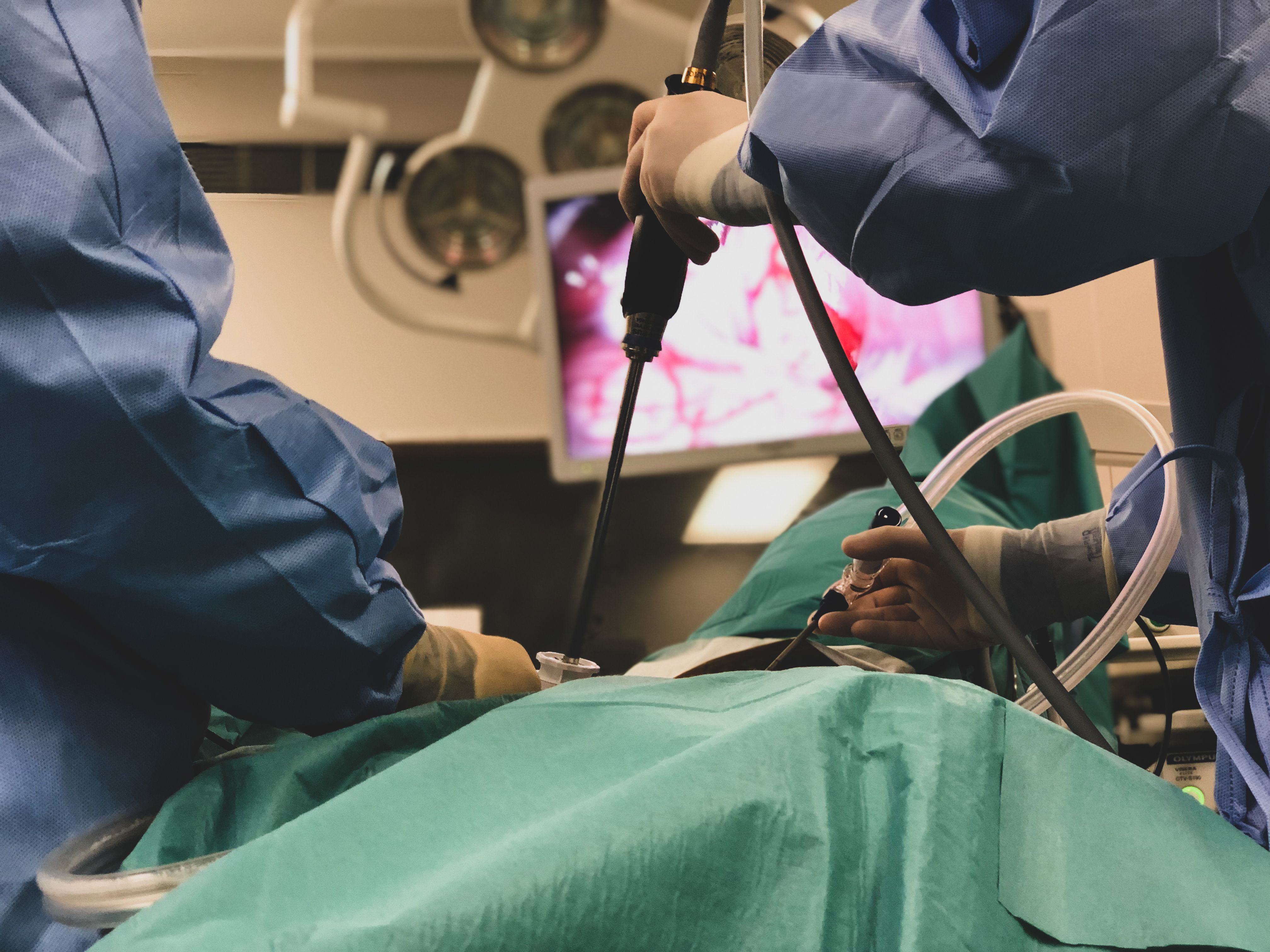MIGS services that can take an ob/gyn practice to the next level
Six services within the realm of minimally invasive gynecologic surgery (MIGS) can easily and inexpensively be incorporated into an ob/gyn practice, according to a panel discussion at the 2019 American College of Obstetricians and Gynecologists annual clinical and scientific meeting in Nashville.
©Pranav -stock.adobe.com

Mark Dassel, MD

Hysterectomy for the large fibroid uterus, reproductive surgery, complex pelvic adhesive disease, hysteroscopy, chronic pelvic pain and postoperative care for laparoscopic surgery are six services within the realm of minimally invasive gynecologic surgery (MIGS) that can easily and inexpensively be incorporated into an ob/gyn practice, according to a panel discussion at the 2019 American College of Obstetricians and Gynecologists annual clinical and scientific meeting in Nashville.
“Not only is there a big market for these services, but these services broadly cover both operative skills and in-office,” said moderator and presenter Mark Dassel, MD, director of the Center of Endometriosis at the Cleveland Clinic in Cleveland. “For instance, fibroids are a common problem affecting 80% of women, and 20% to 30% of women overall have symptomatic fibroids.”
A minimally invasive laparoscopic approach to hysterectomy for a large fibroid uterus “has been shown to be beneficial in blood loss and complication rates compared with open surgery,” Dr. Dassel told Contemporary OB/GYN. “Surgeons are removing larger and larger uteri using laparoscopic contained morcellation.”
Similarly, minimally invasive reproductive surgery has increasingly become laparoscopic, including surgeries for excision of endometriosis and for performing myomectomy.
The educational course, in collaboration with theAAGL, conveyed that for complex pelvic adhesive disease, techniques for lysis of pelvic adhesions include traction, countertraction, removing the tissue in layers and ensuring retroperitoneal dissections parallel to important structures.
“For these dissections, use of an angled scope can dramatically increase your visualization,” Dr. Dassel said. “Using blunt dissection whenever possible is helpful as well. For example, when cutting through thick adhesions, a small snip should be followed by blunt dissection.”
He also recommends using all ports to look at adhesions to avoid cutting into viscera, bowel or bladder with thick adhesions. “It is really about knowing and identifying the anatomy. It’s more important what you do not cut than what you do cut.”
Office hysteroscopy can be used for abnormal uterine bleeding to determine what kind of surgical procedure is warranted and save women trips to the operating room (OR) or make the OR experience more efficient, specifically when addressing intracavitary fibroids.
Chronic pelvic pain is linked to endometriosis, but often only the endometriosis is treated. “Musculoskeletal pain or centralized nerve pain or direct nerve damage is commonly neglected,” Dr. Dassel said. “Fortunately, much of chronic pelvic pain can be treated by addressing the musculoskeletal components with pelvic floor physical therapy, trigger point injection therapy and even Botox injections to the pelvic floor.”
Newer, exciting treatments for pelvic nerves are the province of the emerging field of neuropelveology. Approaches that have shown promising results are injections of local anesthetics into pelvic nerves, surgical isolation of compressed nerves, and placement of neuromodulator devices.
Perioperative care for laparoscopic surgery consists of neuromodulator medications and non-opioid treatments.
“Through a few changes in practice and a few tidbits of knowledge, clinicians can increase their care of women, both surgically and in-office,” Dr. Dassel said.
Also presenting in the session were Sarah Cohen, MD, MPH, a gynecologist at Brigham and Women’s Hospital in Boston, and Aarathi Cholkeri-Singh, MD, a gynecologist at Advocate Lutheran General in the greater Chicago area.
Disclosures:
Dr. Dassel receives research funding from Myovant Sciences.
